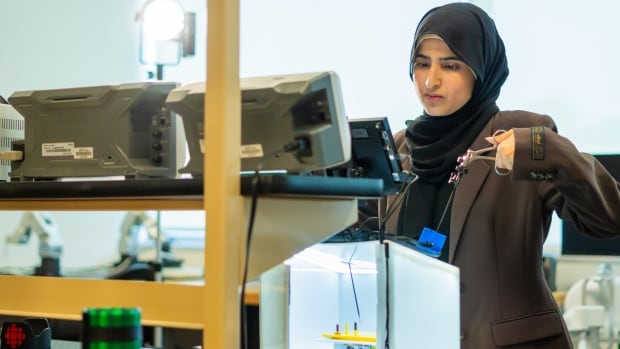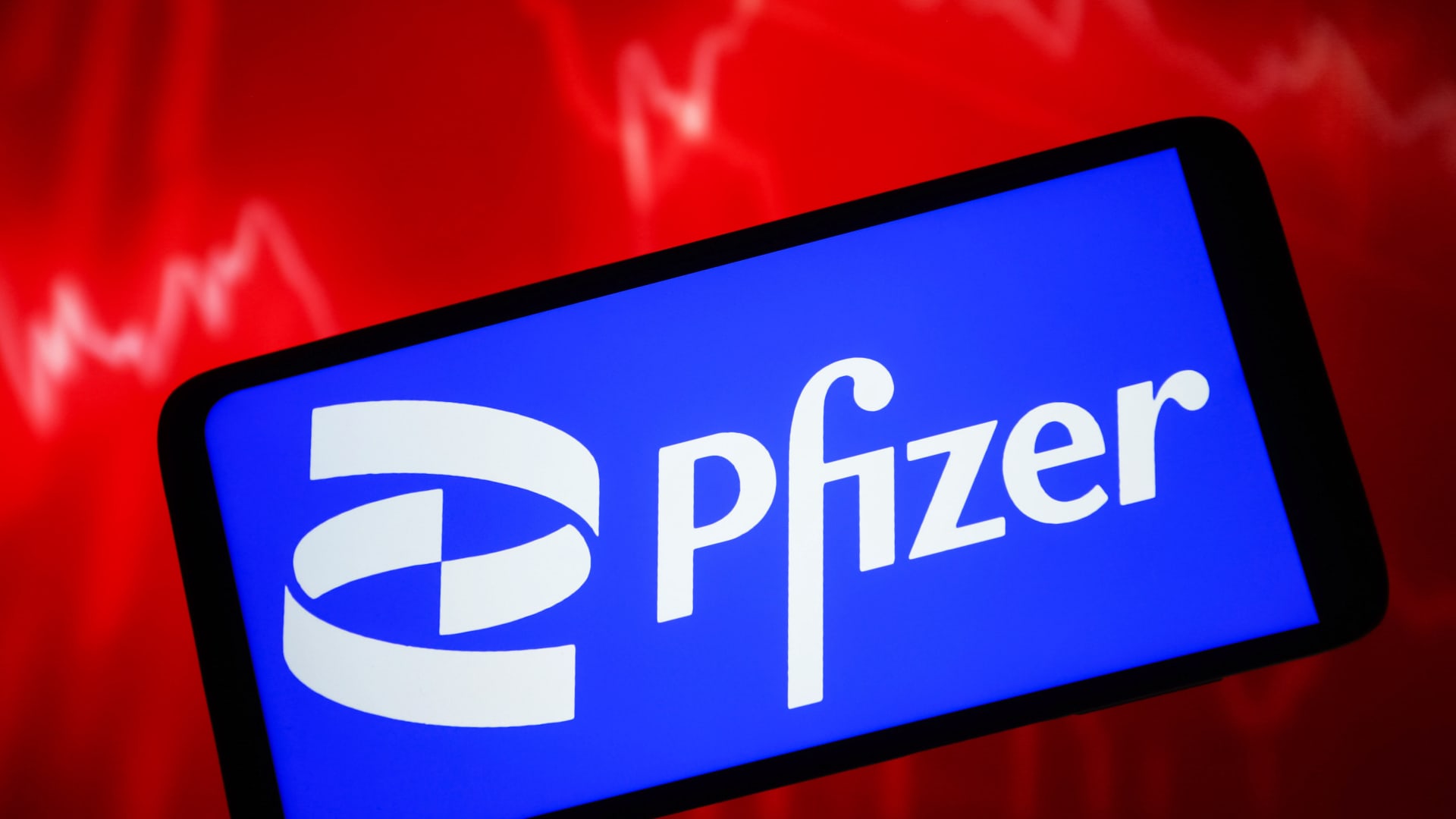An Edmonton doctor is set to become the first Canadian woman to be a commercial astronaut.
Dr. Shawna Pandya told CBC the opportunity will fulfil her childhood dream
“I was lucky enough to be growing up in the 90s watching Canada’s first female astronaut, Dr. Roberta Bondar, go to space,” Pandya told CBC’s Radio Active.
“And I thought, ‘Hey, Canadian women can do that?'”
Only two women from Canada have been to space previously, though Jenni Gibbons will join their ranks in the near future.
Pandya’s first flight to space will be on a commercial mission, which is different from the missions with NASA.
Founded in 2015, the International Institute for Astronautical Sciences (IIAS) is a non-profit research and education organization that has conducted space missions since it was founded.
The IIAS-02 mission will be done in partnership with Virgin Galactic, which was founded by billionaire Richard Branson.
The company reached a deal with NASA in 2020 to boost commercial human space flight.
Inspired by Bondar’s historic journey as a neuroscientist, Pandya went on to become a physician, aquanaut and then bioastronautics researcher with the IIAS.
“I thought, I’ll just study neuroscience, become a doctor, and then be an astronaut. And that’s how simple it was in my childhood mind,” Pandya said.
“And that’s what I did. I studied neuroscience. I got my MD at the University of Alberta, and now I’m going to space, which … feels so surreal to say.”
LISTEN | To infinity and beyond: How an Edmonton doctor will go to space
Radio Active7:16An Edmonton doctor is flying to space
Dr. Shawna Pandya shares what it means for her life long dream to come true and what she’ll be doing when she reaches the stars.
The IIAS-02 Mission will likely be in a few years as spacecraft technology develops, according to IIAS executive director Jason Reimuller.
Virgin Galactic is expected to release the Delta spacecraft in 2026.
“Dr.Pandya has been a part of the institute since 2015 and and participated in many research campaigns, notably a lot of the microgravity work that we’re doing in Ottawa,” Reimuller said regarding how Pandya was selected for the project.
The mission will be a suborbital flight lasting up to 20 minutes at an altitude of about 100 kilometres.
“This is a kind of a sweet spot for studying the upper atmosphere for one and that’s kind of the focus of our aeronomy program, but also it gives us a much longer duration of microgravity,” Reimuller said.
“We try to advocate for science and reduce barriers of access to participating in that science process and trying to represent people from around the world,” Reimuller said on the importance of research missions like IIAS-02.
“It’s really inspiring to see a flight crew from three different countries we hope that the future of spaceflight is going to look much more like the research crews that we are just starting to send up now.”
‘Vomit comet’ training
The training to become an astronaut is not for the faint of heart.
“I’ve had 10 parabolic research flights under my belt, over 160 parabolas to date. That’s what some people may know as the vomit comet … that’s where you fly up and down an airplane,” Pandya said.
“That generates periods of 20 seconds of free fall at a time, and you’re weightless, and you’re floating, and you can do some really good science.”
The IIAS-02 Mission will be the second research mission that IIAS has done.
Pandya played an important role in the first mission.
“I was the lead on our continuous glucose monitor that was the first time one of those monitors was sent to space in a suborbital flight, and that really helps us understand how changes in blood sugar happen in the spaceflight environment,” Pandya said.
“We know that longer duration spaceflights cause pre-diabetic changes, and we also know that that this understanding [of] physiology can better inform our understanding of how diabetes and pre-diabetic changes happen on earth.”
Pandya hopes her research will further inform the medical field down here on Earth.
“It is an honour to be representing Canada as the first commercial female astronaut. It still feels unreal to say that.”







